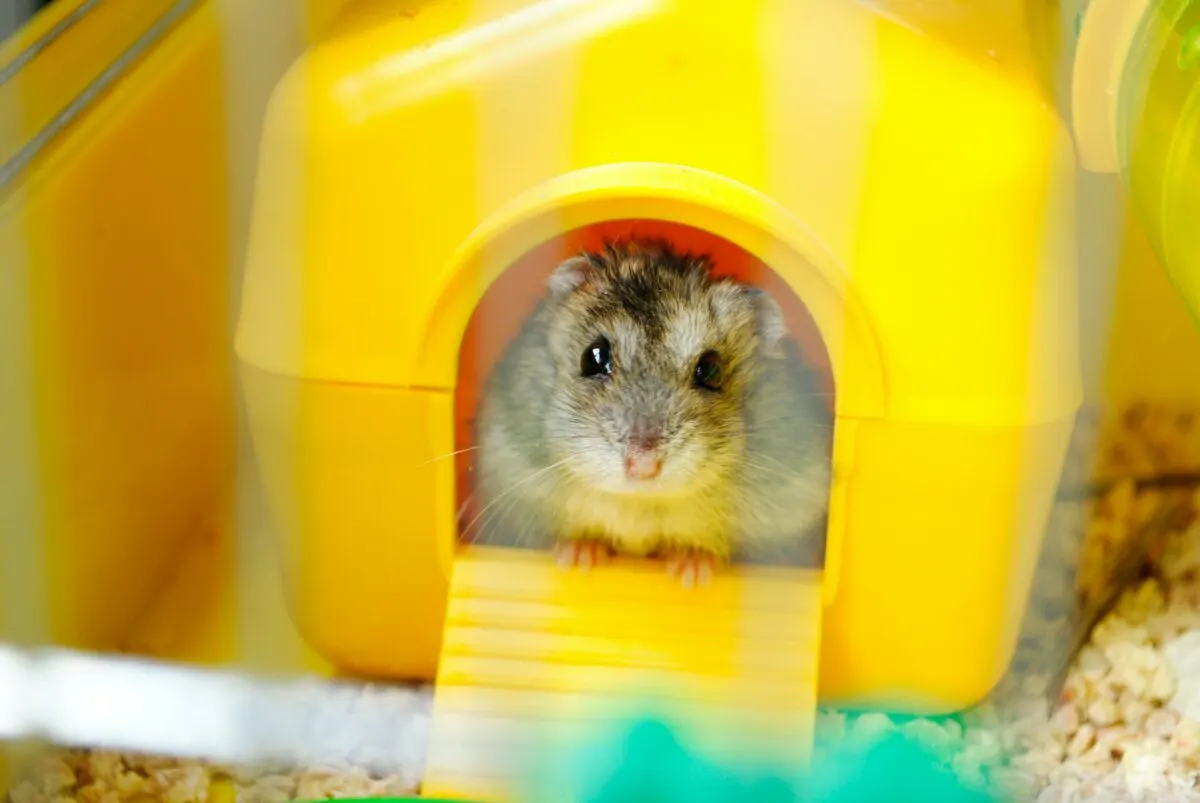Hamsters are known for their cute and playful nature, making them a popular choice for pets. However, choosing the right cage for your furry friend is essential to keep them healthy and happy. When it comes to hamster cages, there are different types available to suit your needs and preferences. In this blog, we will discuss the various types of hamster cages, their pros and cons, and how to choose the best home for your pet.
Wire Hamster Cages
Wire hamster cages are the most common type of cage available in pet stores. They are usually made of metal wires, with a plastic base. Here are the pros and cons of wire hamster cages:
Pros
- Good ventilation: Wire cages offer excellent air circulation, which is essential for hamsters’ respiratory health.
- Easy to clean: The plastic base is removable, making it easy to clean and maintain.
- Affordable: Wire cages are relatively inexpensive compared to other types of cages.
- Easy to customize: You can add different accessories and toys to the cage to create a fun and stimulating environment for your hamster.
Cons
- Unsafe for small hamsters: Wire cages with large gaps between the wires can be dangerous for small hamsters, as they can escape or get stuck in the gaps.
- Not suitable for chewing: Hamsters love to chew, and wire cages can get damaged easily by their constant gnawing.
- Limited space: The wire design of the cage may limit the amount of space available for your hamster to move around.
Plastic Hamster Cages
Plastic hamster cages are another popular option. They are usually made of hard plastic, with wire mesh on top. Here are the pros and cons of plastic hamster cages:
Pros:
- Safe for small hamsters: Plastic cages with solid sides and floors are safer for small hamsters, as they cannot escape or get stuck in the gaps.
- Chew-proof: Plastic cages are more durable than wire cages and can withstand hamsters’ constant gnawing.
- Good ventilation: The wire mesh on top of the cage allows for good air circulation.
- Easy to clean: Plastic cages are easy to clean and sanitize.
Cons:
- Limited space: Plastic cages may not offer as much space as wire cages, limiting your hamster’s movement and play.
- Not customizable: Plastic cages are usually designed with a fixed layout, limiting your ability to add or change accessories.
- Can be expensive: Plastic cages can be more expensive than wire cages, depending on the size and model.
Glass Hamster Cages
Glass hamster cages are often referred to as aquariums or terrariums. They are made of glass or clear plastic, which provides a clear view of your pet. Here are the pros and cons of glass hamster cages:
Pros:
- More space: Glass cages can offer more space for your hamster to move around and play.
- Good ventilation: Glass cages can offer excellent air circulation if they have a wire mesh top.
- Customizable: Glass cages can be customized with different accessories and decor to create a stimulating and fun environment for your hamster.
- Chew-proof: Glass cages are chew-proof and can withstand your hamster’s constant gnawing.
Cons:
- Heavy: Glass cages can be heavy and difficult to move around, making cleaning and maintenance more challenging.
- Expensive: Glass cages can be more expensive than wire or plastic cages.
- Prone to condensation: Glass cages can be prone to condensation, which can promote the growth of mold and bacteria.
Choosing the Best Hamster Cage for Your Pet
When choosing a hamster cage, there are several factors to consider, such as size, ventilation, safety, and price. Here are some tips for choosing the best hamster cage for your pet:
- Size: Choose a cage that is at least 450 square inches in size, with a minimum height of 12 inches. Larger cages are even better, as they offer more space for your hamster to move around and play.
- Ventilation: Look for cages with good ventilation, such as wire or glass cages with a wire mesh top. Good ventilation is essential for your hamster’s respiratory health.
- Safety: Choose a cage that is safe for your hamster, with no gaps or spaces that they can escape or get stuck in. Avoid cages with sharp edges or parts that can harm your pet.
- Price: Consider your budget when choosing a cage. Wire cages are usually the most affordable option, while glass cages can be more expensive.
